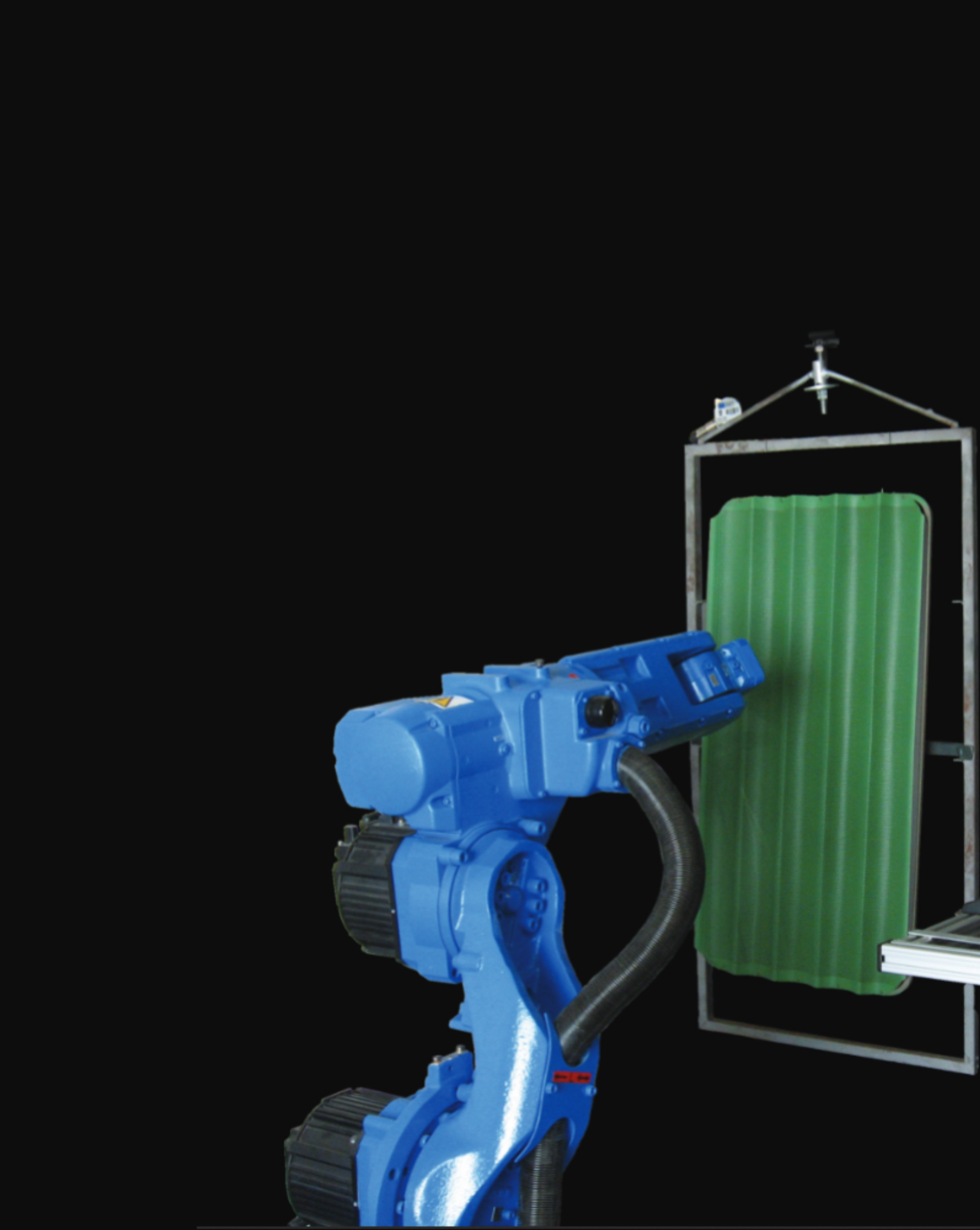About
António Paulo Gomes Mendes Moreira has a degree in Electrical and Computer Engineering - FEUP (1986), Electronic Instrumentation option, a Master's degree in Electrotechnical and Computer Engineering - Systems Specialisation at FEUP (1991), a PhD in Electrical and Computer Engineering (1998) and an Aggregation - FEUP (2017). He is currently a Full Professor in the Department of Electrical and Computer Engineering at the Faculty of Engineering of the University of Porto. He is also a Researcher and Coordinator of CRIIS - Centre for Industrial Robotics and Intelligent Systems and Head of the iiLab – Industry and Innovation Laboratory at INESC TEC. He carries out research essentially in Robotics, Automation and Control, with an emphasis on its application in industrial projects and technology transfer. He has participated or is still participating in 25 scientific projects, being the coordinator or researcher responsible for 7 of them. The work carried out on these projects has generated 40 projects with companies or development and technology transfer contracts, and he is the lead researcher on 18 of these projects. He also participated in the development of 18 prototypes and 2 patents, of which he is co-owner. He has contributed to the creation of two spin-off companies. More details at: https://www.cienciavitae.pt/portal/EB15-85A7-4A0D




